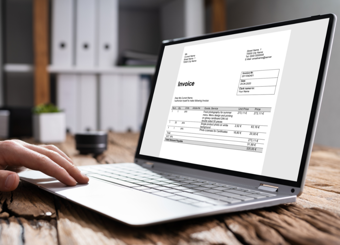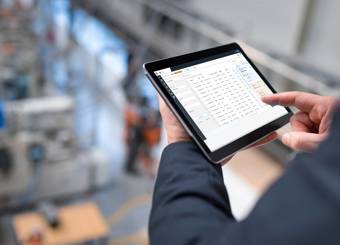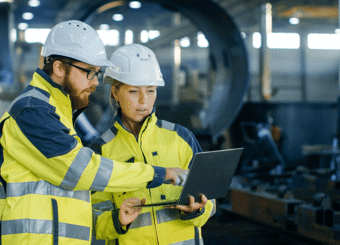Last mile delivery: meaning, problems and costs
What is the meaning of last mile delivery?
'Last mile delivery’ is the term for a common logistics problem. It relates to the disproportionate costs incurred during the final miles of a product's journey from the warehouse to the consumers’ doorstep, compared to the relatively cost-effective transportation of the goods over long distances, usually from overseas. Why is last mile delivery a problem? It’s just a matter of scale, due to the low volumes of goods being delivered in the last mile or so of a delivery and factoring in the difficulty of navigating directly to each customer, both in rural and urban areas.
Discover the challenges logistics and eCommerce companies face in overcoming the last mile delivery problem, as well as the technologies which are at the forefront of this issue.
Why are efficient last mile deliveries so important?
With more consumers choosing to shop online and next/same day deliveries becoming the norm, businesses are under increasing pressure to deliver their goods faster. Firms which fail to deliver on time risk damaging their reputation and can lead their customers to shop elsewhere – with 55% of consumers stating that they won’t reorder from a website where they had a bad delivery experience.
It’s also important for retailers to provide consumers with multiple delivery options which they can choose from, as they can select the option which is convenient for them. By providing customers with various delivery options, they’re more likely to reorder from the same company.
Last mile delivery trends
To meet growing consumer expectations, retailers are developing new technologies to fulfill deliveries. Things like driverless vehicles and autonomous drones. We’ve detailed some of the most prominent below.
#1 – Driverless vehicles
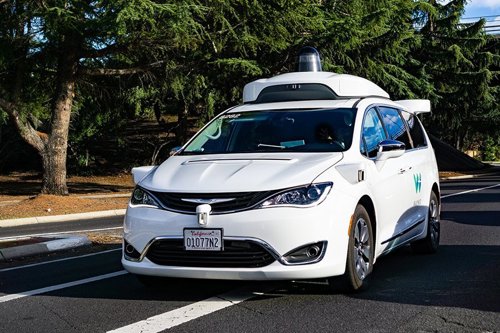
Autonomous ground vehicles (AGV) have been around for several years now; with many technology and car manufacturers working to perfect driverless vehicles. Several delivery firms have also started testing AGVs for commercial use, using them as mobile locker and storage units to deliver goods.
The use of autonomous vehicles will drastically reduce the costs of delivery for retailers as it removes the need for labor, which accounts for 60% of the overall delivery cost. However, the technology is still in its infancy and human intervention is often required in the vehicles, in case they need to take over control.
US-based retailer Kroger teamed up with robotics company Nuro in 2019 to give customers in Houston the option to have their shopping delivered by AGV seven days a week, with options for both same day and next day delivery. As part of the trial, customers received a text message informing them when their delivery was outside and were supplied with a code to access the package in the vehicle. This year, Kroger announced that it is expanding its partnership with Nuro and widening its delivery area using Nuro's third-generation vehicles.
#2 – Drone deliveries
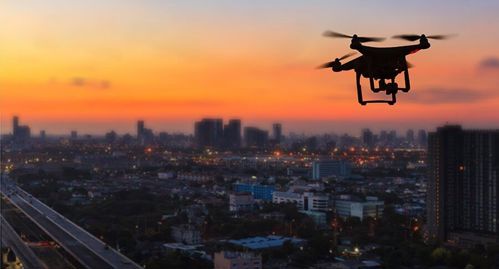
By now we have all seen drones flying around, especially the small toy versions at holiday time that cause chaos for an afternoon and are then forgotten. Drones can be useful as more than toys, however; many retailers are looking to use flying drones to make last mile deliveries.
However, designing drone technology to work within the modern world is difficult, as the journeys made by drones will differ drastically depending on their location. Most prominently, there is a huge difference between rural and urban deliveries, since it's much easier to deliver to a home in a rural location with acres of land to drop the package, compared to making a delivery to a 20th-floor apartment in the middle of the city.
Another issue facing drone deliveries is developing a dedicated air traffic control system for drones navigating the skies. This system is essential to avoid collisions with other drones and aircraft, which could be dangerous for the public and cause damages to the surroundings. However, NASA are developing a system to manage drone flight paths and schedules, to ensure that they are safe for the public.
In 2019, DHL launched a fully-automated drone delivery service in China, with an aim to maximize efficiency and cost-effectiveness while simultaneously decreasing energy consumption. Amazon has looked to follow suit with its Prime Air drone delivery service, but has yet to officially launch it.
#3 – Gig economy/crowdsourcing apps
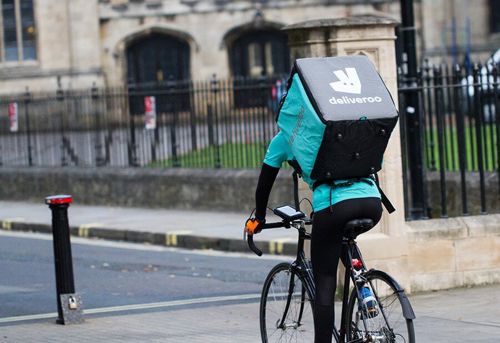
The rise of crowdsourcing and ‘gig economy’ applications, which allows organizations to outsource services using short-term contracts, has revolutionized the delivery industry; by allowing smaller retailers and restaurants to source couriers through crowdsourcing applications, using them to make their deliveries. Meaning that they can provide next and same day delivery which has, in turn, diversified the catalogue of restaurants and stores that consumers can choose from.
Businesses such as Just Eats, Courier Portal, UberEats and Amazon Flex are some of the biggest courier services which businesses can use. However, small to medium-sized firms benefit most from using these services, as they can compete with larger retailer’s rapid delivery times; without having an army of employees to make deliveries around the clock.
The importance of last mile delivery visibility
With so much focus being paid by the eCommerce industry to provide faster delivery times, consumers are now expecting full visibility of the entire delivery journey.
Delivery tracking systems have received a lot of investment over the past years, now allowing consumers to see exactly where their orders are, but many of these tracking systems are problematic and unreliable. So, there is a lot of work needed to be done to improve the reputation of these services.
More firms are investing heavily in new delivery technologies, meaning that self-driving cars and drones making delivery’s may soon be the norm. Which will likely turn our attention away from the ‘last-mile’ problem and to the efficiency of the ‘last 30 feet’.
Join the conversation
What do you think about these new delivery technologies? Do you have any ideas for how we can deal with the last mile problem? Let us know on Twitter and LinkedIn.



